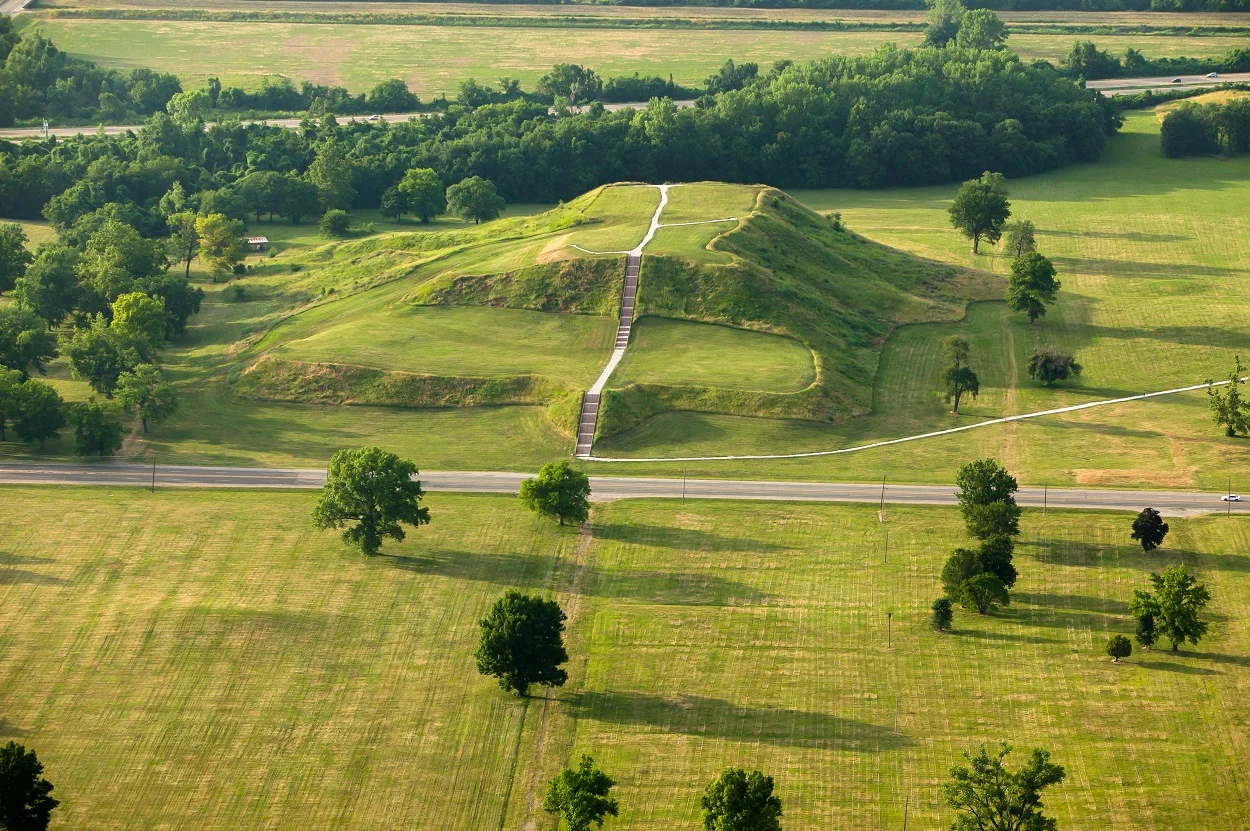A new study, published in the Sage Journal, casts doubt on the popular theory of why Cahokia was abandoned.
Cahokia was the largest urban settlement of the Mississippian culture, a mound-building pre-Columbian civilisation that emerged in the Midwestern, Eastern, and South-eastern United States.
Archaeological evidence suggests that the city was founded around 1050 along the banks of the Mississippi River, located near present-day St. Louis, Missouri.
The city covered an area between six to nine square miles (notably larger than many contemporary European cities such as London), and was home to up to 50,000 inhabitants at its peak.
By around 1400, Cahokia saw a significant population decline, resulting in the settlement’s abandonment. The reasons for this decline are debated among academics, with the prevailing theory suggesting that a prolonged drought led to a large crop failure.
A new study led by Natalie Mueller, an assistant professor of archaeology at Washington University in St. Louis, now challenges this narrative and presents new findings.
According to the study authors, all plants use one of two types of carbon for photosynthesis – Carbon 12 and Carbon 13. Plants adapted to dry climates, including prairie grasses and maize, incorporate carbon into their bodies at rates that leave behind a tell-tale signature when the plants die and decay
The plants that the Cahokia people harvested, such as squash, goosefoot, and sumpweed, all have a different signature, one similar to plants from wetlands and native forests.
By collecting soil samples in the strata from the period of abandonment, the researchers analysed the levels of isotopes of carbon left behind. This revealed that the ratios of Carbon 12 and Carbon 13 stayed relatively consistent, contradicting the drought theory.
“We saw no evidence that prairie grasses were taking over, which we would expect in a scenario where widespread crop failure was occurring,” Mueller said.
As to the question on why Cahokia was abandoned, Mueller added: “I don’t envision a scene where thousands of people were suddenly streaming out of town. People probably just spread out to be near kin or to find different opportunities.”
Header Image Credit : Shutterstock
Sources : Rankin, C. G., & Mueller, N. G. (2024). Correlating Late-Holocene climate change and population dynamics at Cahokia Mounds (American Bottom, USA). The Holocene, 0(0). https://doi.org/10.1177/09596836241254488





